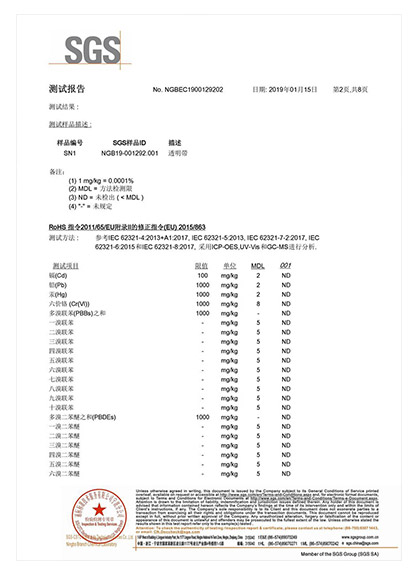Streç film, yapışkan bant, ambalaj bVeı vb. üretiminde uzmanlaşmıştır.
-
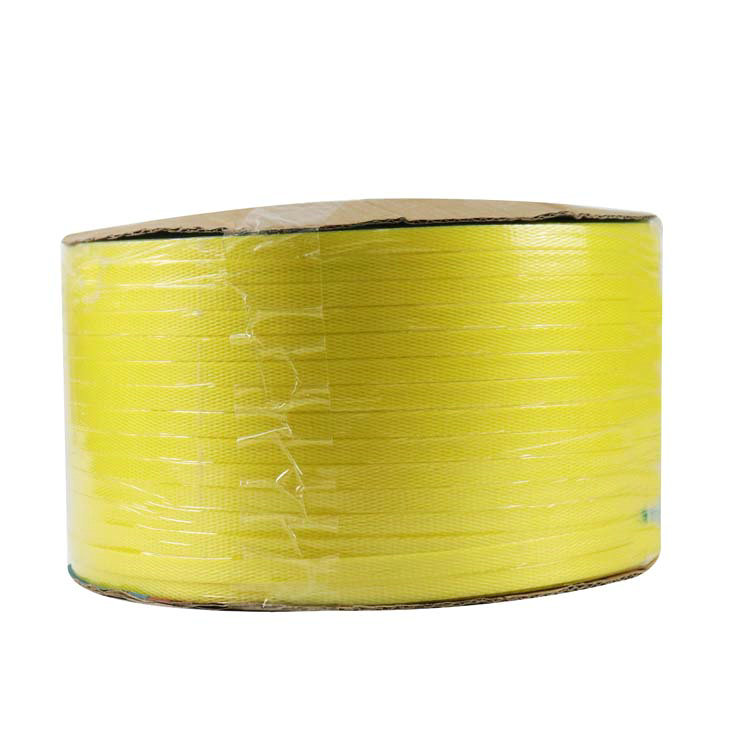
PP çemberleme bandı ambalaj Rulosu Plastik Ambalaj Rulosu Kayış kemer kayışı
Malzeme: PP Başvuru: Makine Paketleme, Makine Paketleme Anavatan: ...
Yeterliliğimiz ve Sertifikamız
Biz profesyonel teknoloji ve hizmetlere sahip profesyonel bir şirketiz.
ilgili ürünler
-

PP çemberleme bandı ambalaj Rulosu Plastik Ambalaj Rulosu Kayış kemer kayışı
-
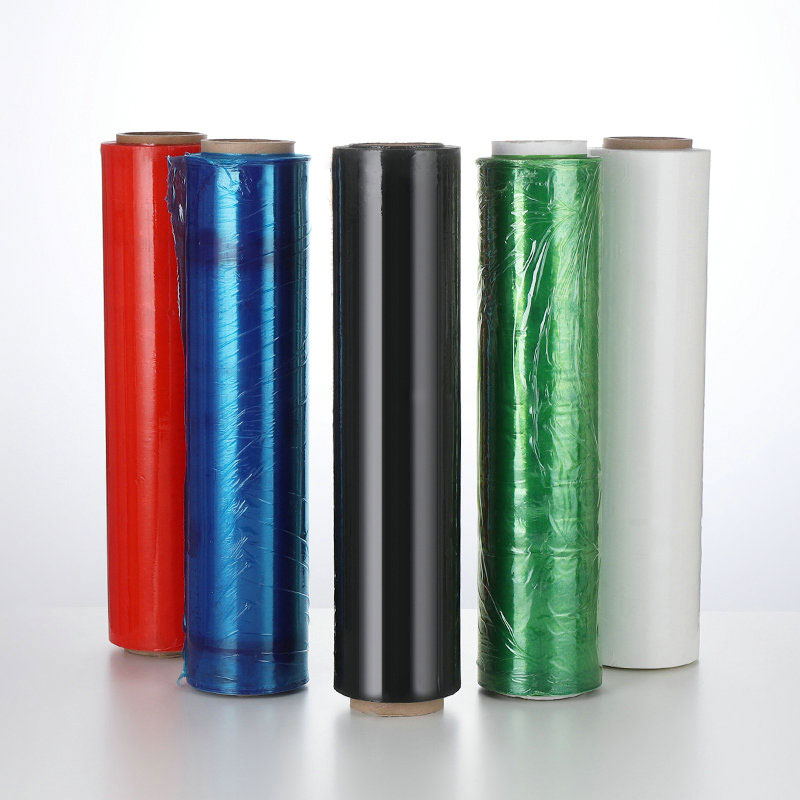
Endüstriyel ambalaj için renkli streç sarma filmi LLDPE streç sarma filmi
-
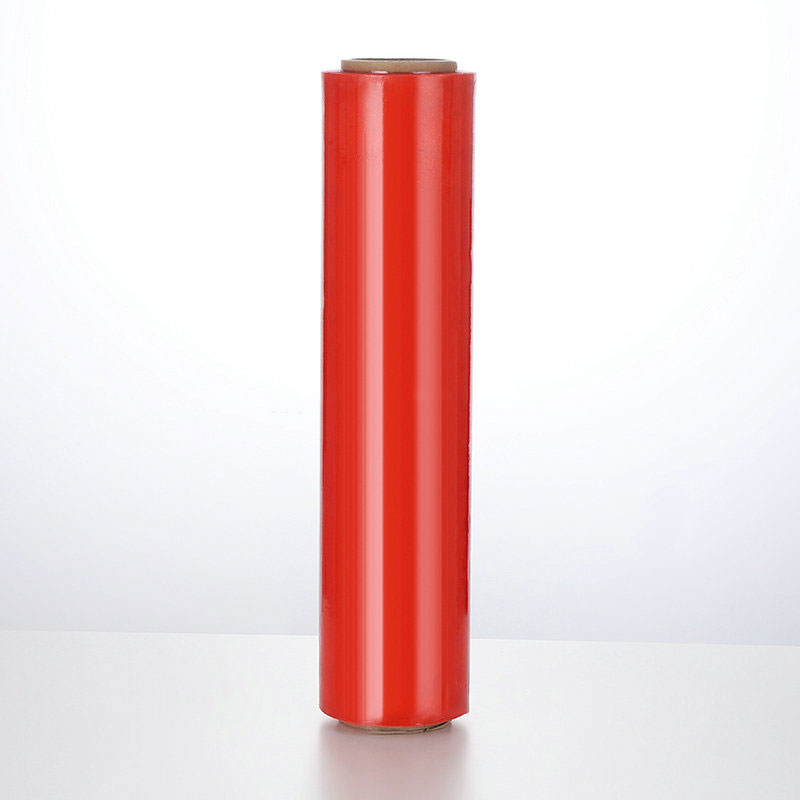
Kaliteli ve uygun fiyatla nakliye ve taşımalarınız için streç film kırmızı renkli film streç sarma filmi
-
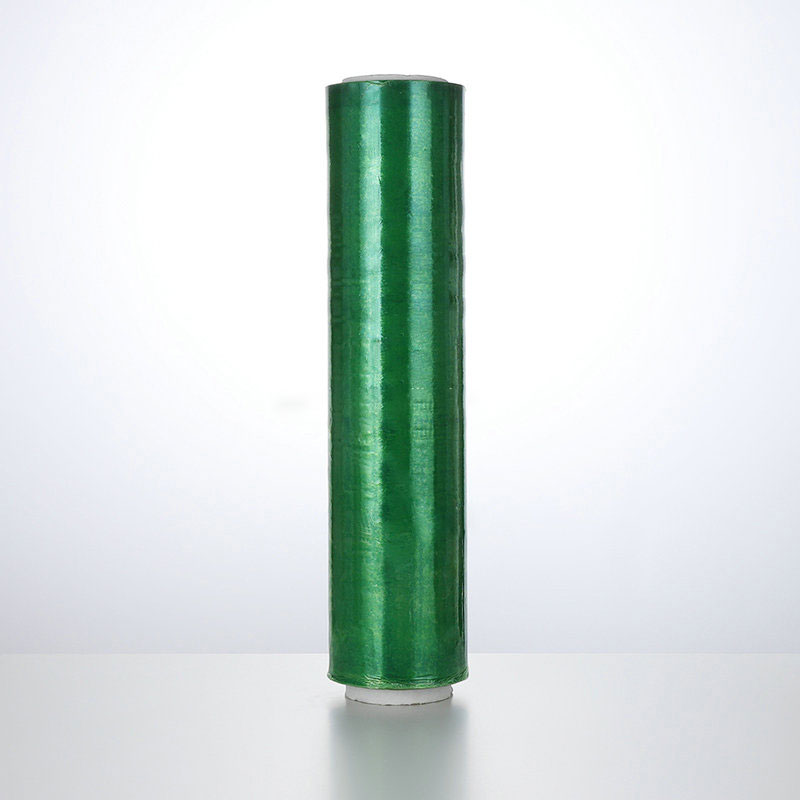
2021 yeni sıcak mavi film El Streç Film yeşil renk Sarma Nakliye streç film 1 alıcı
-
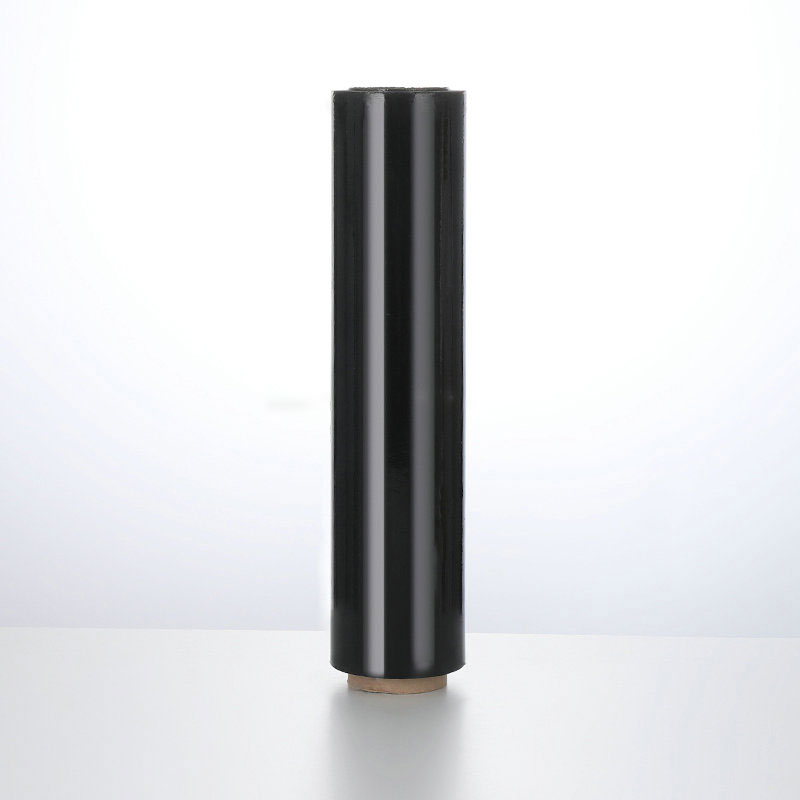
Rulo Streç Film siyah Şeffaf LLDPE Palet Streç Shrink Wrap Film
-
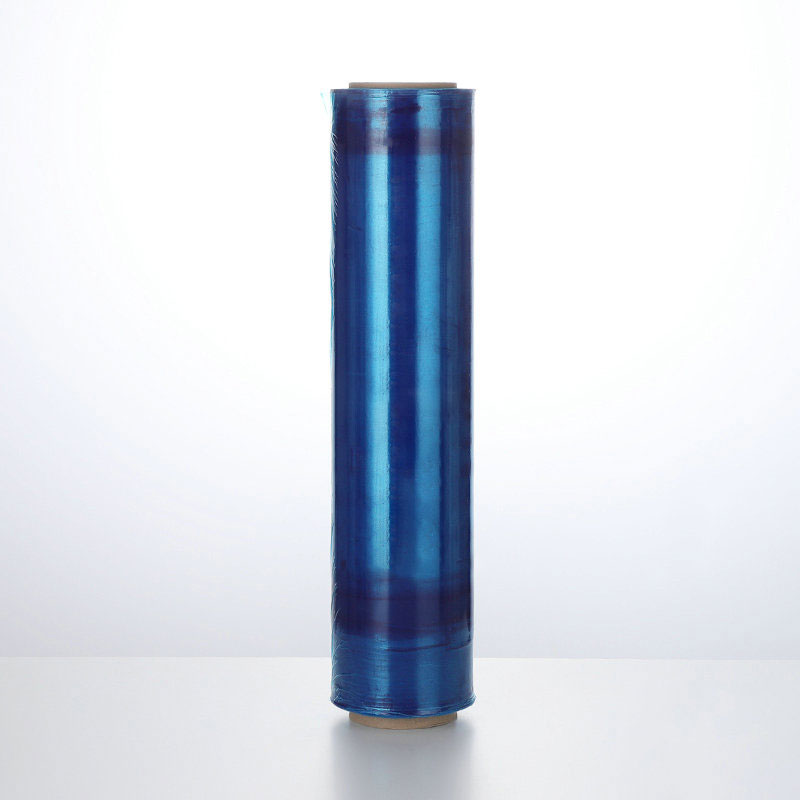
2021 yeni sıcak mavi makine ve el streç film Sarma
-
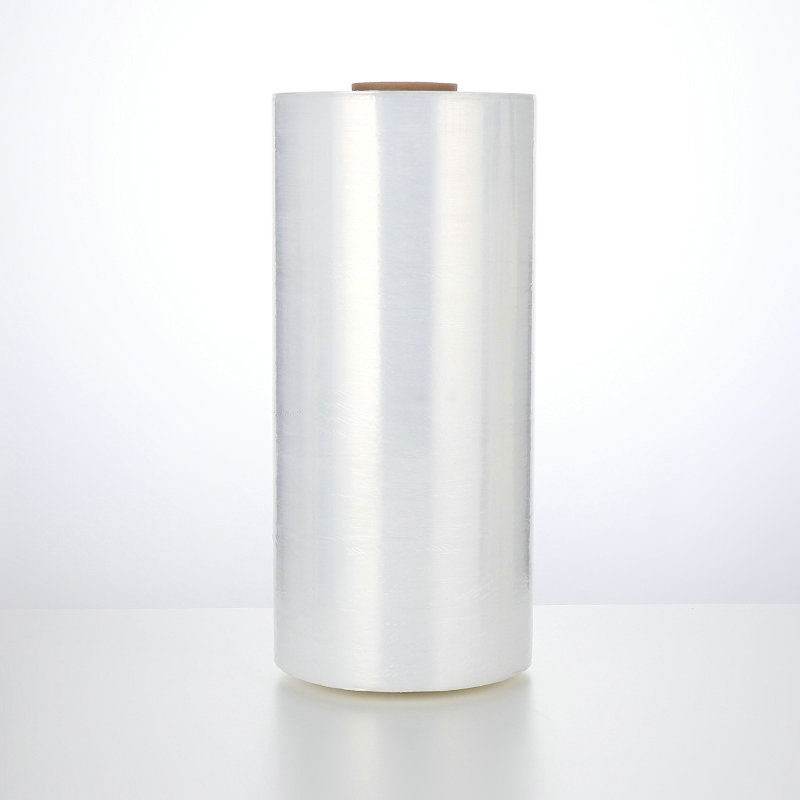
LLDPE streç sarılı palet sarma streç film jumbo rulo streç film 1 alıcı
-
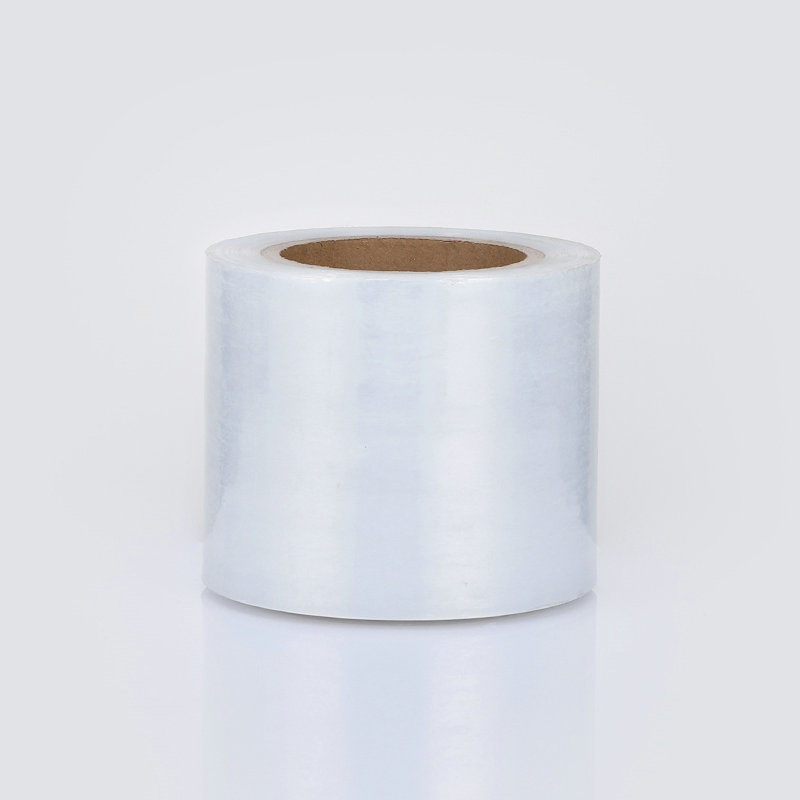
Altın tedarikçisi fabrika fiyat el ve makine LLDPE streç film Palet sarma filmi fiyatı
-
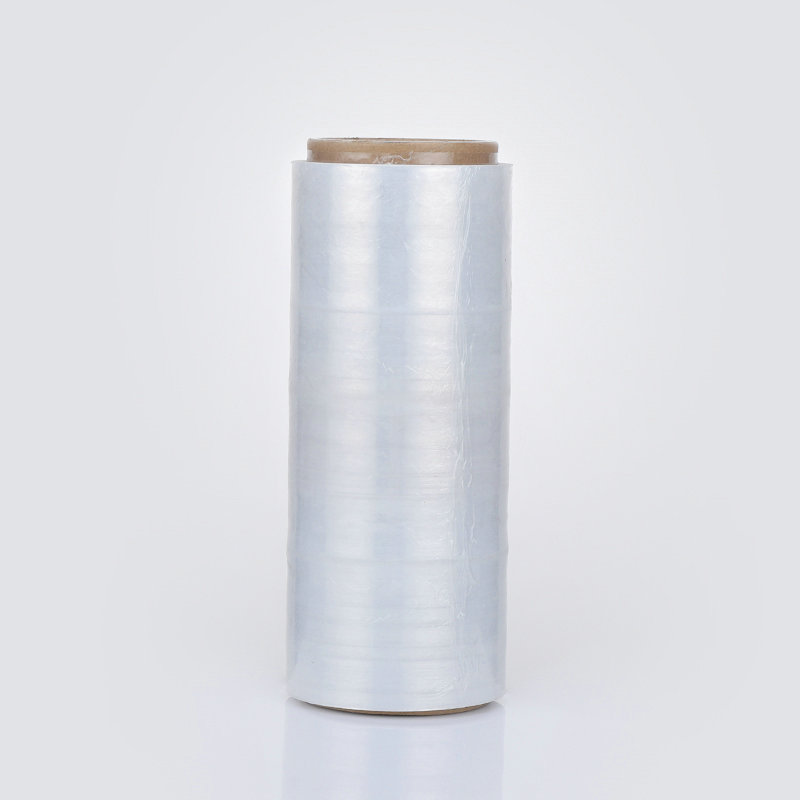
Ücretsiz Örnek Şeffaf şeffaf LLDPE palet streç sarma filmi
-
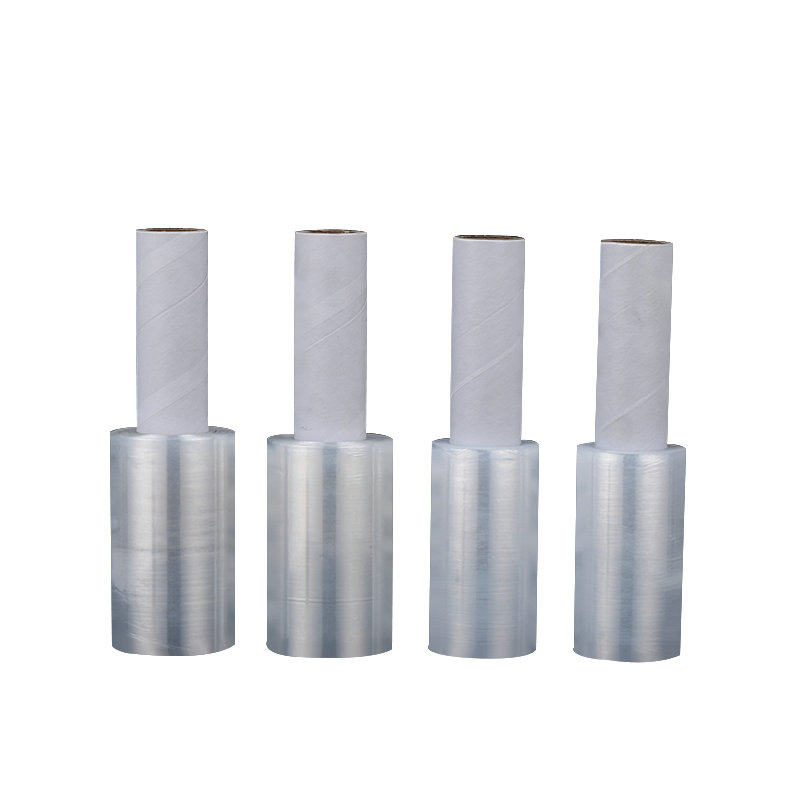
Şeffaf Mini El Streç Film/Dönen Plastik Saplı Streç Sarma el streç film
Geri bildirim
Son Haberler
En son pazar dinamiklerini ve sektör trendlerini öğrenmek için en son şirket ve sektör haberlerini takip edin.
-
Şeffaf sızdırmazlık bandı kullanıldığında, çeşitli sıcaklık ortamlarında verimli sızdırmazlık performansını koruyabilir mi?
1. Şeffaf sızdırmazlık bandının sıcaklığa uyarlanabilirliği Sıcaklık uyarlanabilirliği şeffaf sızdırmazlık bandı öncelikle kullanılan yapıştırıcıya ve alt tabakaya bağl...
Devamını oku -
Yırtılma direnci: Makine Paketleme Bandının temel özellikleri ve uygulama analizi
Modern ambalaj endüstrisinde, Makine Paketleme Bandı verimli bir paketleme çözümüdür ve yırtılma direnci, performansını ve uygulama aralığını belirleyen önemli bir faktörd...
Devamını oku -
Tek Taraflı Bopp bant çıkarıldıktan sonra neden yapışkan iz bırakmıyor?
Tek Taraflı BOPP bandın malzeme bileşimi ve süreci Substrat Tek Taraflı BOPP bant çekme mukavemeti ve aşınma direncine sahip BOPP (çift eksenli yönlendirilmiş polipropi...
Devamını oku -
Ambalaj Endüstrisinde Tek Taraflı BOPP Bantın Uygulaması ve Avantajları
Tek Taraflı BOPP Bandın Temel Özellikleri Tek Taraflı BOPP bant Substrat olarak çift eksenli yönlendirilmiş polipropilen (BOPP) film kullanıyor. Bu malzeme çekme mukavem...
Devamını oku -
Çift taraflı yapışkan bant seçerken çalışma ortamının sıcaklığını dikkate almam gerekir mi?
Çift taraflı yapışkan bant seçerken gerçekten de kullanım ortamının sıcaklık faktörünü dikkate almak gerekir. Bunun nedeni, çift taraflı yapışkan bandın yapışmasının, esas olarak...
Devamını oku
Packing strap, also known as strapping or banding, is a flat, flexible material that is used to secure items together during storage or transportation. It is commonly made from materials such as plastic, polyester, nylon, or steel and can come in a variety of widths and thicknesses.
The purpose of packing strap is to provide additional support and stability to the items being transported or stored, reducing the risk of damage or shifting during movement. It is often used to secure packages, boxes, pallets, or other large items that may be difficult to move or stack without additional support.
Packing strap can be applied manually using tools such as a tensioner, sealer, or cutter, or it can be applied using automated equipment. The process typically involves wrapping the strap around the items to be secured, pulling it tight, and sealing it with a buckle, seal, or heat seal.
Overall, packing strap is an essential tool in the packaging and transportation industry, providing an efficient and reliable way to secure items and protect them from damage during transit.
Choosing the right packing strap depends on several factors, including the type of goods being packed, the weight of the package, the method of transportation, and the environmental conditions during transit. Here are some factors to consider when choosing a packing strap:
Material: Packing straps are made from different materials, such as polyester, polypropylene, and steel. Polyester straps are ideal for heavy-duty applications, while polypropylene straps are suitable for lighter loads. Steel straps are used for extremely heavy loads.
Width and thickness: The width and thickness of the strap depend on the weight of the package. A thicker strap can support a heavier load, while a thinner strap is suitable for lighter loads.
Tensile strength: The tensile strength of the strap is the maximum amount of force that the strap can withstand before breaking. This is an essential factor to consider, especially for heavy loads.
Elongation: The elongation of the strap refers to how much it stretches before breaking. If the package is likely to shift or settle during transit, a strap with higher elongation is recommended.
Buckles or seals: Packing straps can be secured with buckles or seals. Buckles are ideal for heavy-duty applications, while seals are suitable for lighter loads.
Environment: The environmental conditions during transit, such as temperature and humidity, can affect the performance of the strap. For example, polyester straps are resistant to moisture, making them suitable for use in humid environments.
By considering these factors, you can choose the right packing strap for your specific application. It is always a good idea to consult with a packaging expert to ensure that you select the best strap for your needs.
Here are some situations where packing straps may be useful:
Securing heavy or bulky items: Packing straps are great for securing large and heavy items like furniture, appliances, or machinery. They can keep these items from shifting or sliding during transport.
Bundling items together: If you have several smaller items that need to be shipped together, packing straps can help keep them together and prevent them from getting separated or lost.
Packaging fragile items: Packing straps can also be used to secure fragile items like glassware, electronics, or artwork. By wrapping them tightly with packing straps, you can help prevent damage during transport.
International shipping: If you're shipping items internationally, packing straps may be required to meet shipping regulations or to ensure the safety of the package during transit.

